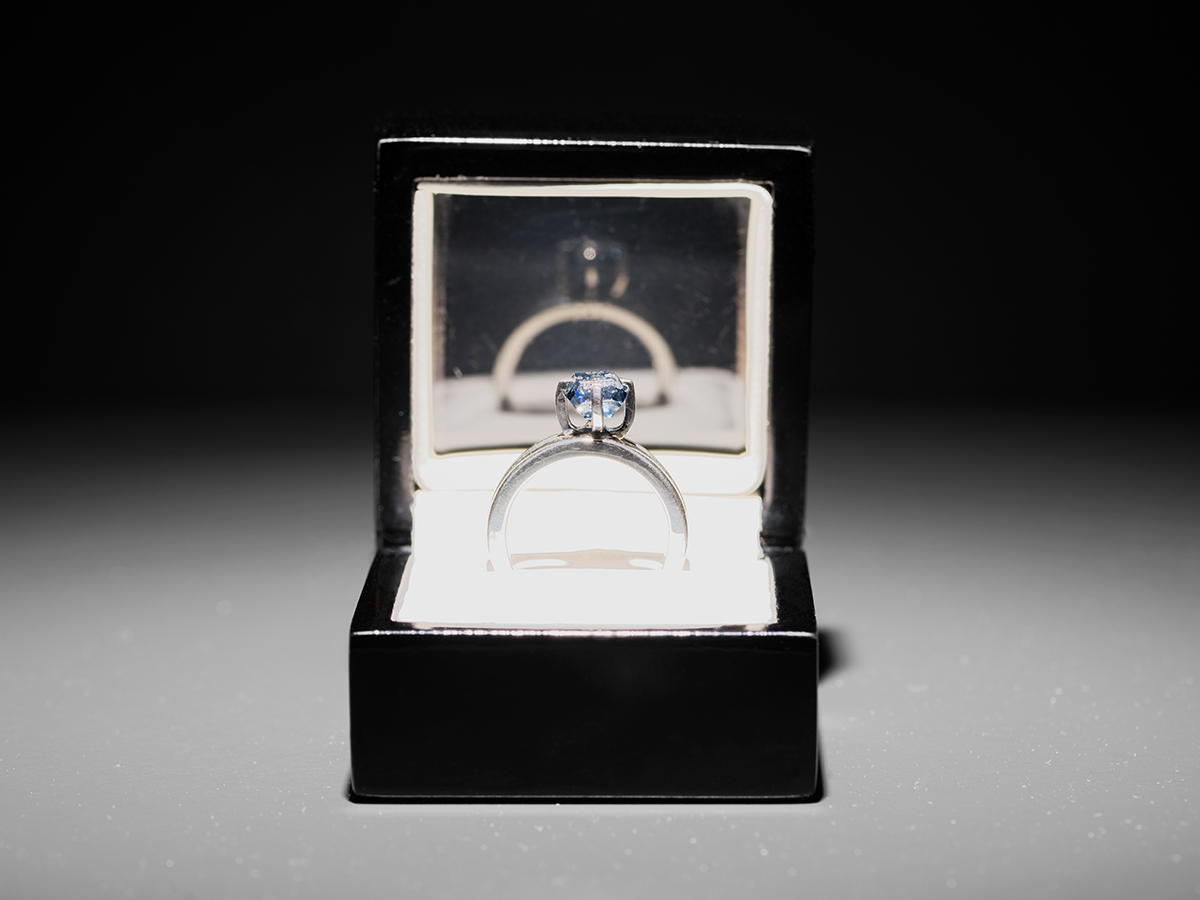If you were at the sold-out Nasher Prize Dialogues panel on sculpture’s place in society last night, you left with a bag full of obscure historical facts. For one: there exists rarely seen footage of a protester during the Civil Rights Era’s Birmingham campaign doing the Watusi as a fireman tries to combat him. That tidbit came courtesy Dallas artist Lauren Woods, who spoke about combing the archives for her video piece Drinking Fountain #1 as installed at the Dallas Country Records Building.
Moderator and artnet News critic Ben Davis was suggesting Woods’ work required a more definitive fidelity to source material.
“There’s multiple facts — so it’s choosing which facts to show,” she said.
They talked about what constitutes as true to the record in historically-charged artwork. In Woods’ case, was it the stream of images showing docile protesters and violent police, which served the Civil Rights Movement’s attempts to show the “monstrosity of white supremacy, in a brilliant strategy” as the artist observed? Or the “fiery moments” Woods found, which showed the nuanced and more private liveliness of the protesters?
Sometimes, as images of the speakers’ artwork appeared in rotation behind them, a ring made from cremated human remains served as the backdrop.
Artist Jill Magid’s work The Proposal interpreted barriers to accessing truth as it relates to the archives of Mexican architect and Pritzker Prize-winner Luis Barragán. He split his archive into two parts in his will. A man bought the professional half of it, and gifted the archive to his fiancé, Federica Zanco. It went to Switzerland, and became inaccessible to the public.
After a long back-and-forth with the Barragán Foundation, Barragán’s descendants, and the Mexican government, Magid presented Zanco with a proposal of her own: a two-carat diamond grown from the architect’s cremated remains, in exchange for the archive’s return to Mexico. There’s a great piece about this by Alice Gregory for the New Yorker.
“That was my least favorite,” my 10-year-old son said of The Proposal, wrinkling his face at the mention of human remains during the talk. Anyone squeamish at the notion, be advised: proximity to dead bodies is not uncommon in sculpture. Look no further than Fort Worth. For Sin título/Untitled (2010), Teresa Margolles cast six cement benches with water from the Guadalajara morgue used to wash the bodies of murdered people. Those benches, which favor gravestones, are for hanging out in the sunshine behind The Modern.
Panelist Alfredo Jaar captured life from its other end, creating an archive rather than scouring one. He recorded the first cries of babies born in Dallas between October 1, 2013 and February 1, 2014 and played them every day in a constructed space at the Nasher’s garden at the times each infant was born for Music (Everything I know I learned the day my son was born). Jaar, who noted his schooling as an architect and not an artist, also expressed a desire for the most-real — albeit, in this case, a more palatable record of beginnings.
You can hear Tuesday’s talk, which also featured Paul Ramírez Jonas, on the Nasher Sculpture Center’s Facebook page.





